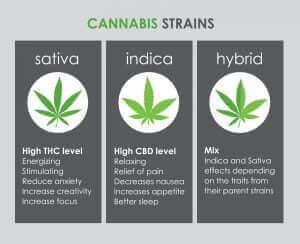Definition:
Cannabinol (CBN) (noun) is a naturally occurring compound in cannabis that develops when THC is exposed to oxygen, light, or heat. It is often associated with sedative effects and is studied for its potential therapeutic applications. A mildly psychoactive cannabinoid found in aged cannabis, CBN is formed as a byproduct of the degradation of tetrahydrocannabinol (THC) over time.
Purpose and Usage:
CBN is primarily used for its potential benefits in promoting sleep, reducing inflammation, and alleviating pain. It is commonly found in products aimed at relaxation and is gaining popularity in medical cannabis research for its unique properties.
How It Relates to Cannabis:
- Formation:
- THC degrades into CBN when cannabis is exposed to light, air, or heat over extended periods.
- CBN levels are higher in aged cannabis or improperly stored products.
- Effects:
- Mildly psychoactive but far less potent than THC.
- Often associated with relaxation and sleep-inducing properties.
- Extraction:
- Isolated during cannabis processing for use in tinctures, oils, and capsules.
Common Misconceptions:
- CBN is highly psychoactive: CBN has only mild psychoactive effects, much weaker than THC.
- CBN is abundant in all cannabis: Significant levels of CBN are typically found only in aged or degraded cannabis.
- CBN is a primary cannabinoid: CBN is a secondary cannabinoid, formed from THC degradation.
Alternatives:
- CBD: A non-psychoactive cannabinoid with overlapping therapeutic effects, such as pain and anxiety relief.
- Melatonin: A natural supplement often compared to CBN for its sleep-promoting properties.
Importance of Cannabinol (CBN):
CBN is important for understanding the chemical evolution of cannabinoids and their effects on the human body. Its potential as a natural sleep aid and therapeutic compound makes it a valuable subject of research, offering alternatives to synthetic medications for relaxation and pain management.






